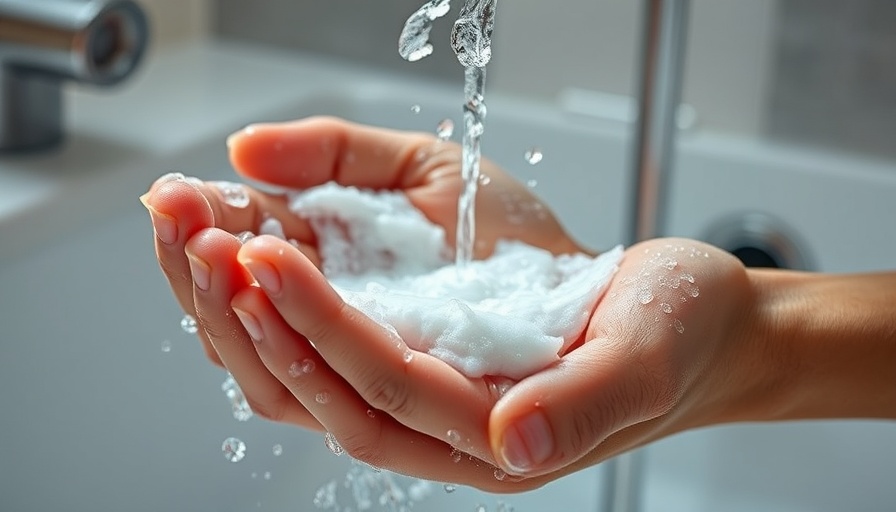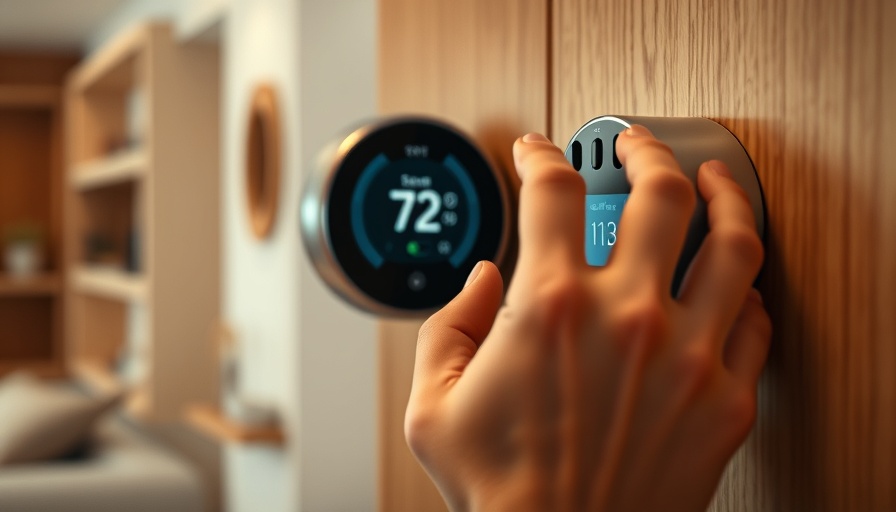
Why Proper Handwashing is Essential for Homeowners
When it comes to maintaining a healthy home environment, clean hands are not just a hygiene practice; they are a necessity. Homeowners in Southeast Michigan face unique challenges, from winter's harsh chemicals to the everyday dirt and grime of home improvement projects. According to dermatologist Dr. Stephanie Taylor, proper handwashing is the simplest method for preventing illness. "Our hands transport germs from various surfaces, and one effective wash can be quite the barrier against infections," she emphasizes.
The Danger Lurking in Your Home Projects
Consider the implications of a DIY project gone wrong. Each weekend spent in the garage or yard can inadvertently endanger your skin's health and your overall well-being if hands aren't washed properly. "Grime, bacteria, and harmful chemicals can easily transfer to your skin, leading to irritations or infections," says Dr. David Johnson. Make sure to wash thoroughly after engaging in any home mechanics or crafting activities to protect your hands.
Step-by-Step Guide to Effective Handwashing
The correct way to wash your hands can be boiled down to a few simple steps. Turn on clean, running water and wet your hands. Apply soap generously to create a good lather, rubbing your hands together for about 20 seconds. Don't forget areas like the back of your hands and between your fingers. Rinse all soap off and dry with a clean towel. For those and similar hands-on tasks, specific soaps can enhance cleanliness. Heavy-duty soaps with pumice work effectively on grease, while mild soaps are best for daily washing.
Choosing the Right Soap for the Job
Picking the right soap can make all the difference. For a task with lots of sticky dirt and grease, opt for a heavy-duty soap like Gojo or Fast Orange, which can handle tough messes without overly irritating the skin. On the other hand, if you're using oil-based paints, a mineral spirit is necessary to dissolve those greases. The key is to always finish with a gentle soap and a moisturizer to protect your hands further.
The Importance of Moisturizing After Washing
Even with the best soaps, frequent washing can lead to dry and cracked skin. After you have effectively cleaned your hands, applying a thick hand cream sustains hydration and protects your skin barrier. Products like Eucerin Advanced Repair are recommended for their ability to replenish moisture and heal dry skin conditions. Consistently moisturizing not only benefits your skin but ensures that your hands remain healthy and ready for any task ahead.
Common Misconceptions About Handwashing
It’s easy to think that a quick rinse is adequate, but many assume that they can skip parts of washing like between fingers and under nails. This is a dangerous misconception! Dr. Taylor reminds us, "If every part of your hand is not cleaned, bacteria will survive and continue to pose risks to your health." Everyone must dedicate proper time to washing.
Final Thoughts: Protect Yourself With Handwashing
Investing time in acquiring the correct handwashing technique means investing in your health. Homeowners across Southeast Michigan have unique considerations, but washing hands correctly transcends posts and properties. Proper habits will equip you for all your home DIY endeavors. Remember, good health starts with good habits, so scrub those hands and keep them clean.
The handwashing tips provided will go a long way in ensuring a safer, healthier home. If you haven't already, take the time to reassess your handwashing techniques. It's simply one of the best preventive measures you can take right now.
 Add Row
Add Row  Add
Add 




Write A Comment